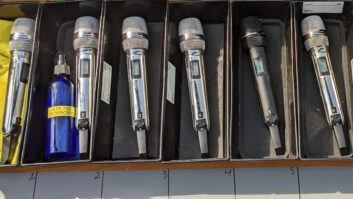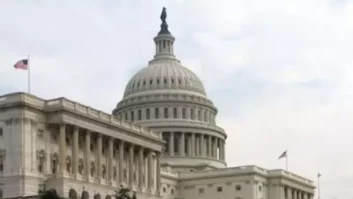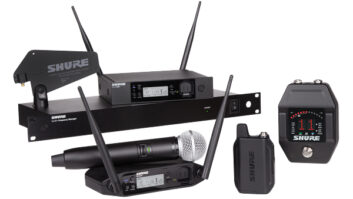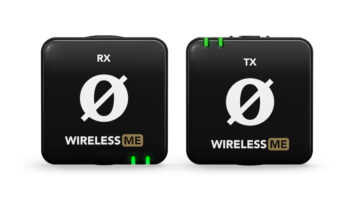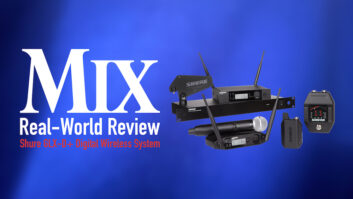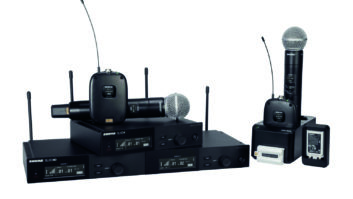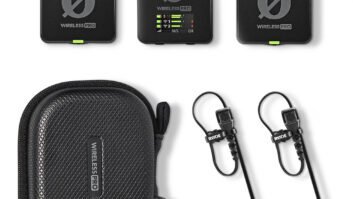Washington, DC (August 8, 2017)—A letter to the Federal Communications Commission from a bipartisan Congressional group could potentially make more frequency spectrum available to wireless microphone operators.
The letter, signed by 43 members—led by Kevin Cramer (R-ND)—of the House Rural Broadband Caucus, urges FCC Chairman Ajit Pai and Commissioners Mignon Clyburn and Michael O’Rielly “to preserve at least three, 6 MHz television white spaces channels in every media market across the United States in order to promote access to affordable broadband internet, particularly in rural and underserved areas.”
In its 2012 Incentive Auction Report and Order, the FCC anticipated that at least one unused UHF TV channel would remain unassigned in every market after the post-auction television station repack. Its proposal was to preserve a channel (which would not be a designated channel nationwide but would vary subject to the repack in each area) for shared use by unlicensed white space devices and Part 74 licensed and Part 15 unlicensed wireless microphones. To date, the FCC has yet to ratify that proposal.
The letter from the House caucus is clearly aimed at extending broadband access to the reported 24 million Americans living in rural communities without a network infrastructure, according to the FCC’s 2016 Broadband Progress Plan. But it also offers a glimmer of hope to wireless mic users who must begin to vacate the 600 MHz band to make way for the telecom companies.
White space devices now have access to channel 37, avoiding interfering with wireless medical telemetry and radio astronomy incumbents through geolocation and database registration, and may share a portion of the 600 MHz duplex gap with unlicensed wireless mics. If the FCC issues an order also preserving a TV channel in every market for white space devices, that additional 6 MHz would be available to licensed wireless mics, if the FCC’s rulemaking proposal stands.
“This is going to be critical, because it could be the only white space channel in a major market,” says Joe Ciaudelli, director of Sennheiser USA’s spectrum affairs. “A lot of mic applications don’t require UHF. But hyper-critical ones absolutely do, because it has the wave propagation characteristics that are very forgiving. There’s no application that’s more critical than a live microphone that’s broadcasting to millions of people in real time.”
Current FCC rules require licensed wireless mic operators to register their locations, channels and times in the white space database, thereby receiving protection from interference from unlicensed white space devices. In its July 14 publication, the FCC also issued a Notice of Proposed Rulemaking that would expand licensing eligibility for certain operations that do not meet the current Part 74 threshold of “routinely using” 50 or more wireless mics. Under the proposed new rules these organizations could obtain a license to operate and register in the white space databases for protection against interference by white space devices.
The Letter
http://src.bna.com/rfO
